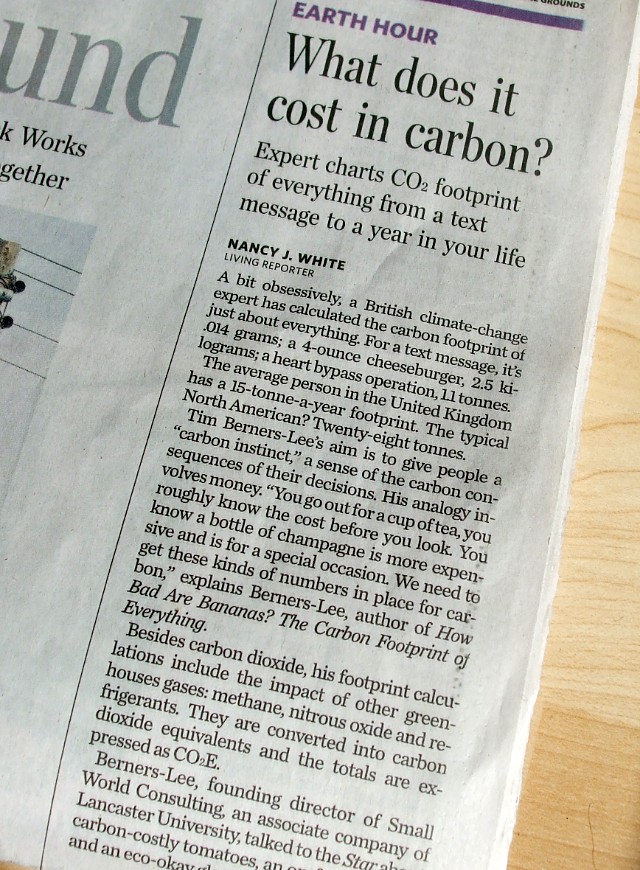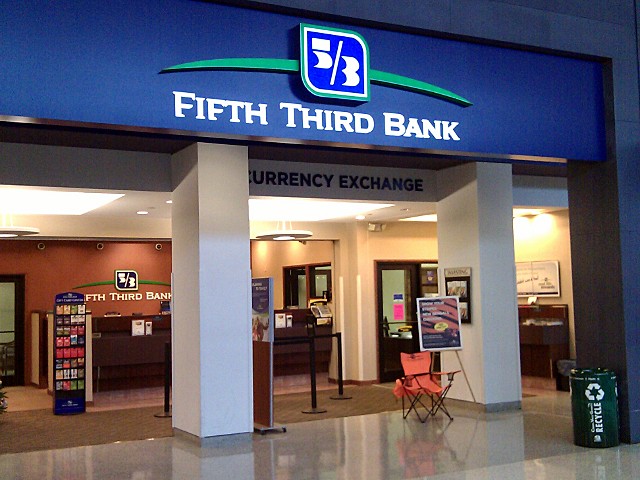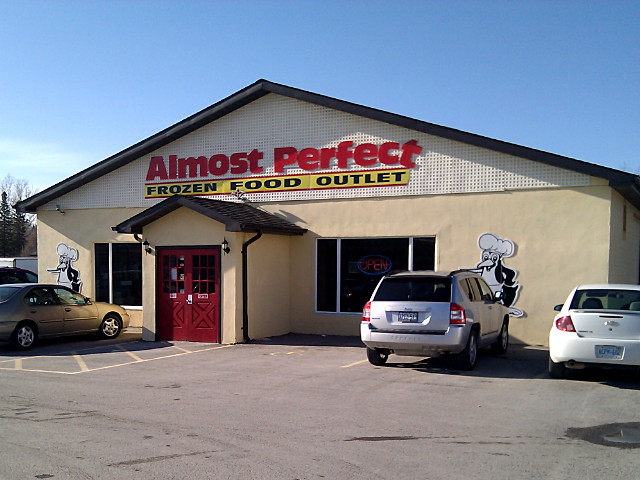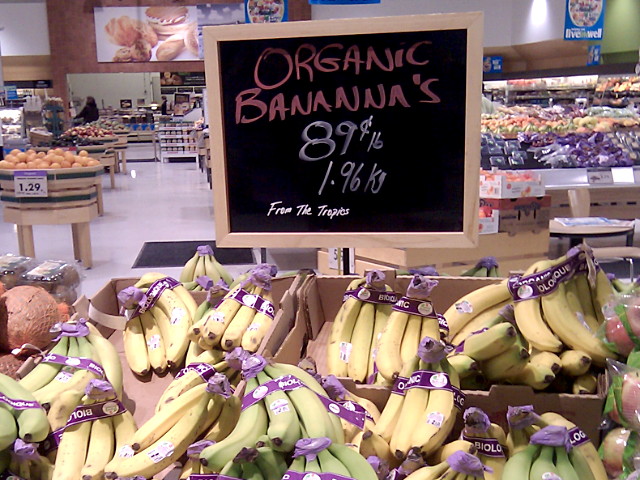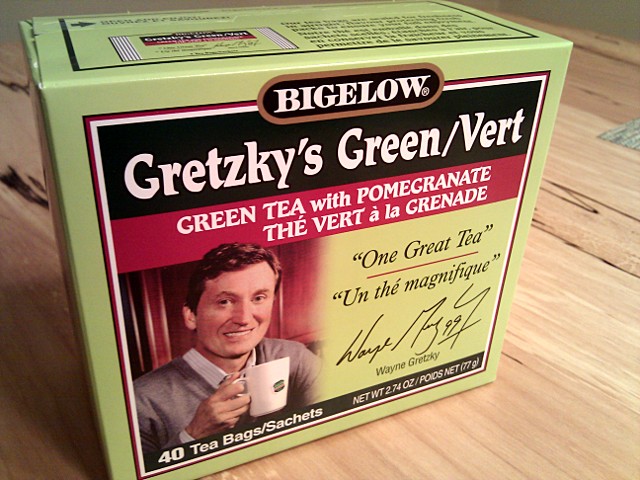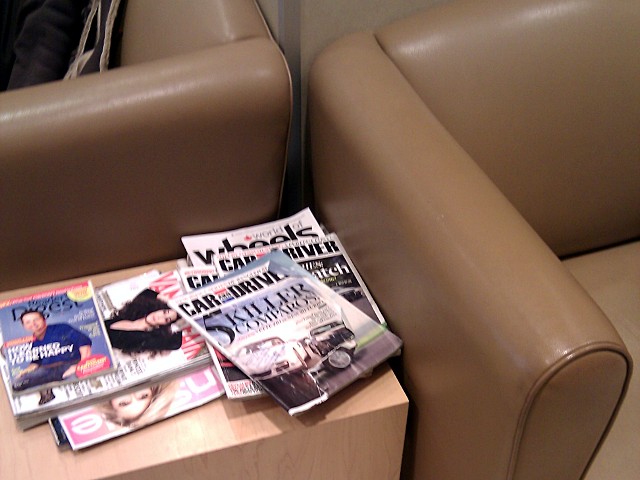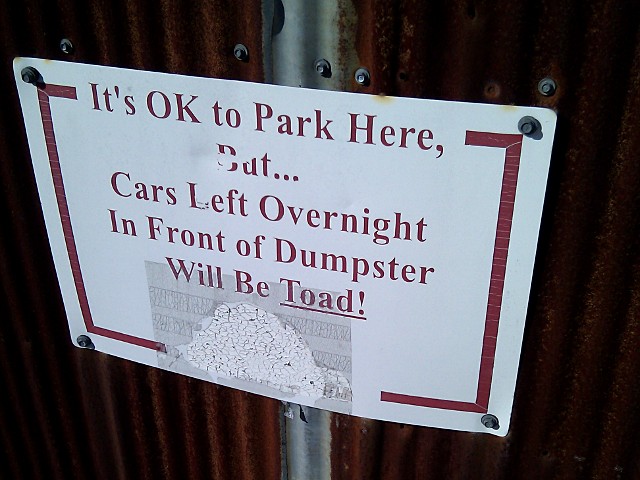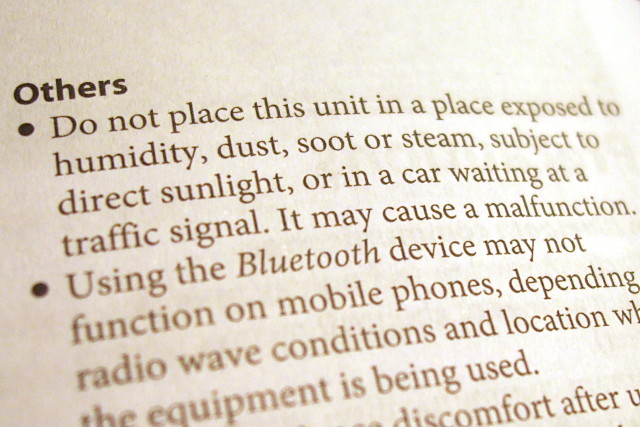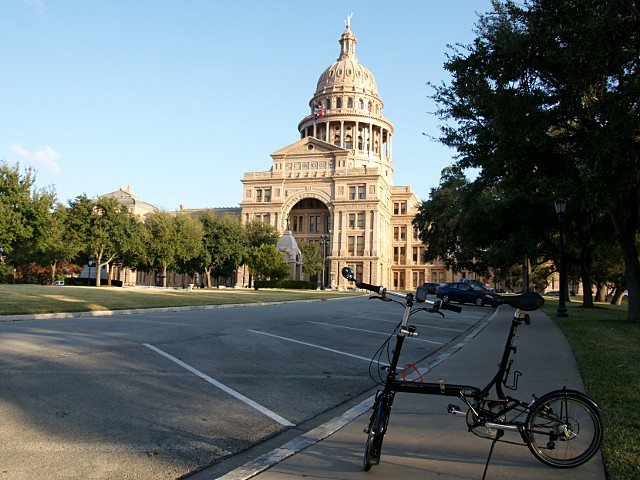
While I was in Austin last week, I managed to get out for a couple or rides and get a bit of a feel for cycling in the area. I wasn’t entirely sure what to expect in the way of cycling infrastructure in the city: my cycling friends all said that Austin is a very bikeable city with cyclists everywhere, whereas all of the drivers I know who have been there said that the only cyclists to be seen were large groups of spandex-wearing racers who took over the thoroughfares heading out of the city every weekend. The truth, of course, lies somewhere in the middle.
Like Toronto, Austin is split between a bike-friendly core and somewhat bike-hostile suburbs. There are recreational trails all over the place, but actually getting by bike from one place in the suburbs to another requires you to grit your teeth and put up with a lot of fast-moving traffic. The bike lanes and racks of downtown quickly give way to turning lanes and parking lots when you leave the core. Sidewalks also largely disappear, leaving car travel as the only practical way of getting from A to B in the suburbs. A lot of roads in the burbs have what most people would call shoulders, but what many Austinites seem to think of as passing lanes: what looks at first glance to be a safe suburban haven for cyclists is actually home to lots of cars going really fast with drivers probably not expecting slow-moving bikes in front of them.
It’s hard to tell from a short visit whether Austin has really embraced the practicality of cycling, but I do know that in just five days, I saw three different cars with “Please be kind to cyclists” bumper stickers, which is three more than I’ve seen in a lifetime in Toronto.
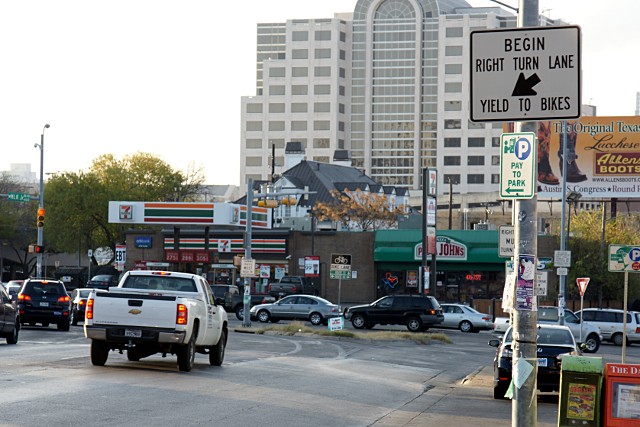
One of the major cycling routes downtown goes down Guadalupe St, seen above at Martin Luther King Jr. Blvd. There were a lot of bike lanes downtown, both on major arterials and on quieter side streets. But compared to the state of the road paint in Toronto, most of the lane lines were faded almost to invisibility. Several times while riding in a barely-discernable bike lane, I was unsure that drivers in the cars behind me could see the same markings that I could. The sign above, telling drivers entering a right-turn lane to yield to cyclists in the bike lane, is rare in Toronto, but common in Austin.
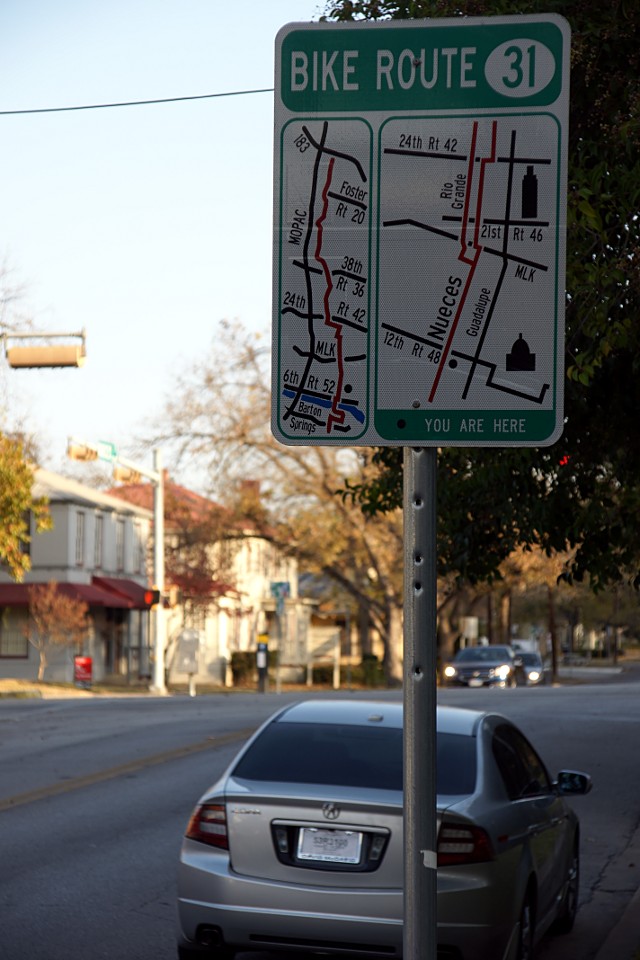
One nice touch on some of the signed bike routes was an area map, showing not only where you where, but connecting routes and nearby attractions.
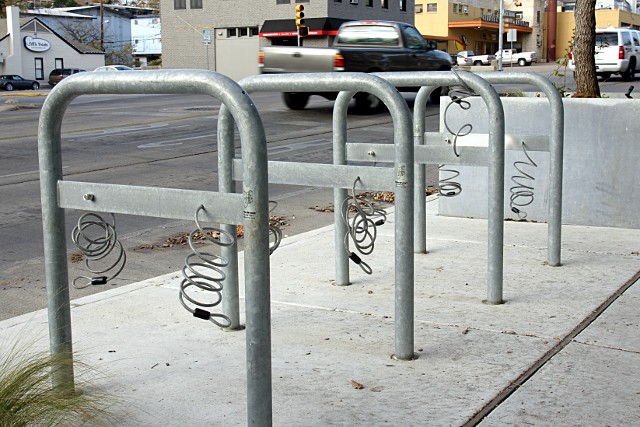
Another interesting feature was bike racks with integrated cable locks for securing your wheels without having to carry a second lock around. I only saw these in two locations, but it would be great to have these city-wide.
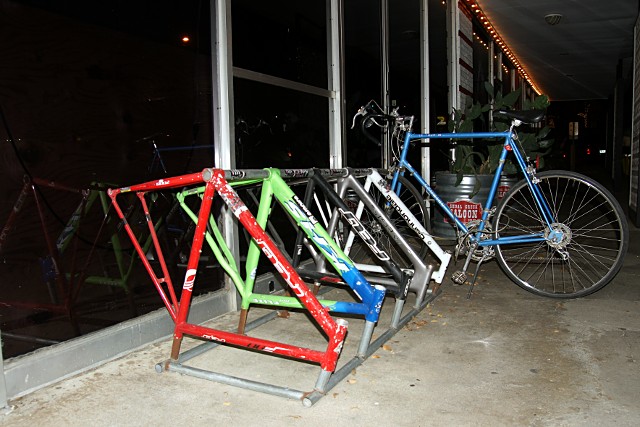
Unlike Toronto’s iconic post and ring racks, there doesn’t seem to be a single standard design for bike racks in Austin. Many racks are provided by private businesses and can take interesting forms. I was especially taken by this excellent re-purposing of old frames into a functional sculpture.
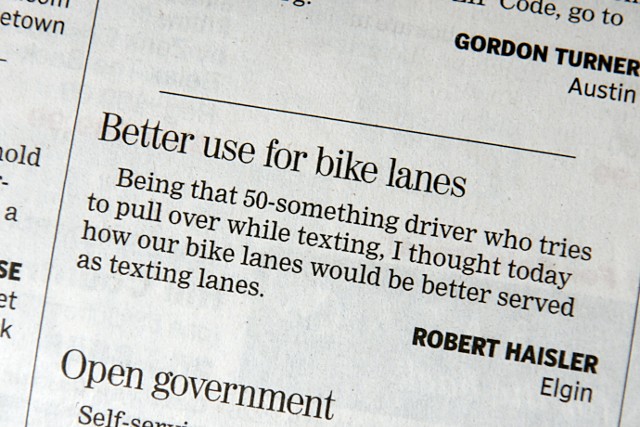
Just when I was starting to think that Austinites had fully embraced (or at least tolerated) cycling as a form of transportation, I read the above letter to the editor in the local newspaper as I sat down to my last breakfast in the city. Apparently, Toronto isn’t the only place where anything done in a car is more important than safe cycling routes.
